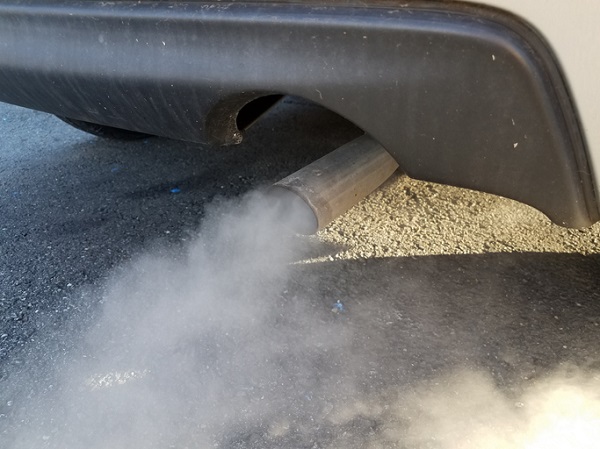
Whenever something is wrong with the very part putting a car’s wheels in motion, it needs to be fixed immediately. A drivetrain is what delivers engine power to a vehicle’s wheels, and anything that can interfere with that power making its way to the wheels can spell big trouble. As the part that turns a car’s axles, and therefore its wheels, faulty drivetrains need to be looked at by an auto technician.
It’s best to have a professional survey the damage and determine what’s causing the drivetrain to malfunction. Continuing to drive with a damaged one can be dangerous. Here are three telltale signs of when something is wrong with the drivetrain.
1. Smoke Appearing From the Vehicle’s Tailpipe Spells Trouble
Although smoke coming from any part of a vehicle is probably a concerning sight regardless of the root cause, this can be particularly alarming if related to a vehicle’s drivetrain. In some cases, this can mean that the engine is burning or that the car’s transmission fluid is running low. If the car is an older model, there’s also the possibility that a vacuum modulator is malfunctioning, especially if it’s bringing fluid away from the transmission and into the engine’s cylinders. Regardless, any smoke or burning smell should not be present in a vehicle, whether it’s for these reasons or because of overheating fluid and/or sludge buildup within the gearbox.

2. Auto Technicians Will Be Necessary if Strange Noises Are Heard
This can specifically be a problem with a driveshaft, which is often a component of the drivetrain. If the driveshaft is causing unusual noises to be heard, this is usually a sign that there’s a problem for auto technicians to look at. Often, this is because of the bearings supporting the driveshaft malfunctioning or wearing out, which impedes the driveshaft from being able to rotate properly. Thus, clunking, squeaking, clicking and scraping noises occur. If slight squeaking noises get louder while decelerating, this is another red flag to watch for. With clunking noises, this can result from issues with fluid level or transmission.
3. When the Engine Speeds Up, But the Vehicle Won’t Cooperate
Depending on if a car has manual or automatic transmission, this could mean several things. For cars with a manual transmission, the root of this problem may be with the clutch, while vehicles with automatic transmission may experience this if the hose is disconnected, the transmission controller is faulty, or if the car lacks transmission fluid. Regardless, any awkward or loud shifting, or lack of response while shifting gears, or the car itself not accelerating at the same time as the engine are all red flags with regards to the functioning of the drivetrain. Similarly, a professional who has been through automotive school is best equipped to look at drivetrains when the car is shuddering while it accelerates, which can indicate a faulty driveshaft.

Want to attend auto mechanic college?
Contact Automotive Training Centres for more information!

